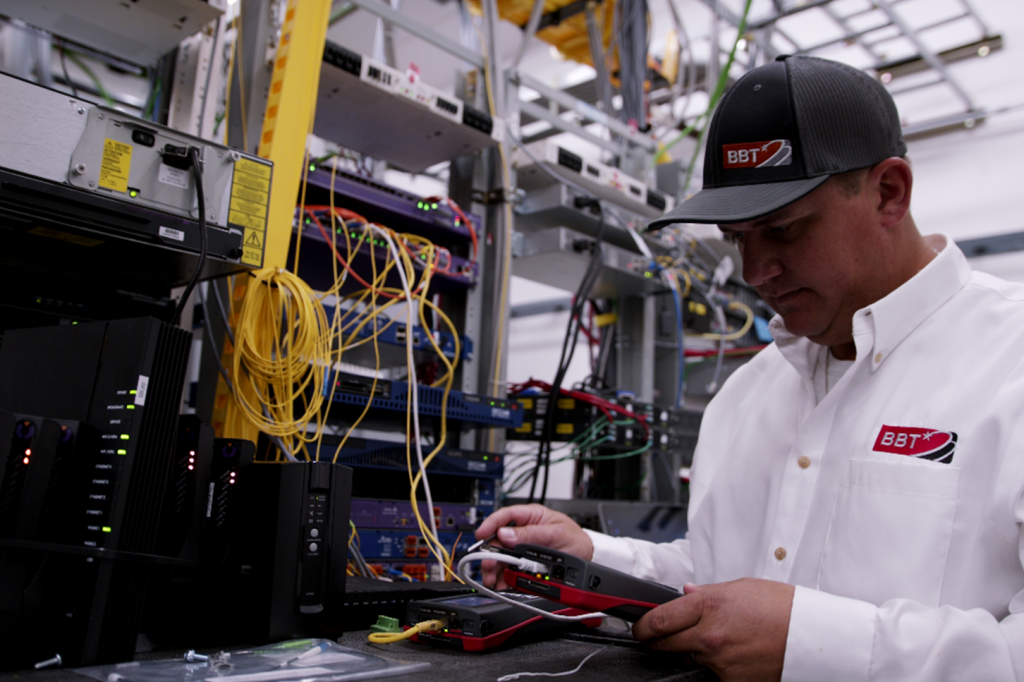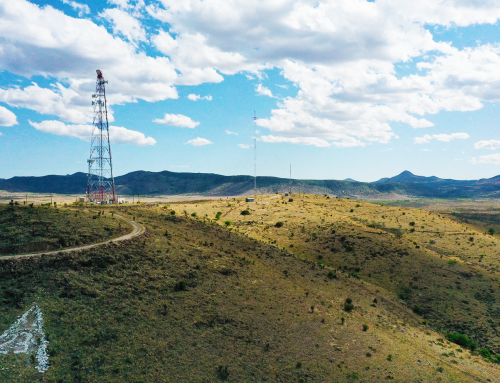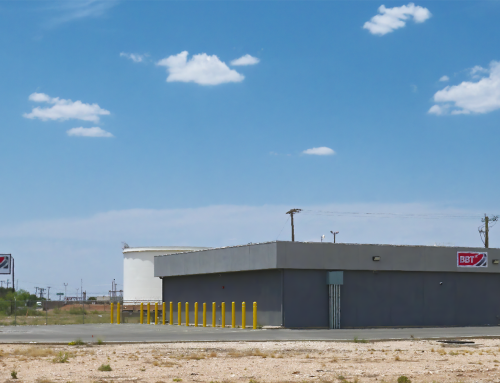
Fiber broadband is an advanced internet connection technology that utilizes fiber optic cables to transmit data at incredibly high speeds. Unlike traditional broadband connections that use copper wires, fiber broadband relies on thin strands of glass or plastic fibers to transmit data using pulses of light.
Here’s a simplified explanation of how fiber broadband works:
- Data Transmission: When you send or receive data, such as loading a website or streaming a video, the information is converted into digital signals.
- Optical Signals: These digital signals are then transformed into bursts of light called optical signals.
- Fiber Optic Cables: The optical signals travel through fiber optic cables, which are made up of thin strands of glass or plastic fibers. These fibers have the ability to guide the light signals over long distances with minimal loss of signal quality.
- Total Internal Reflection: Inside the fiber optic cable, the light signals bounce off the walls due to a phenomenon called total internal reflection. This process ensures that the light signals stay confined within the fiber, allowing them to travel long distances without significant loss or degradation.
- Speed and Bandwidth: The light signals can travel at incredibly high speeds, allowing for faster data transmission compared to traditional broadband connections. Fiber broadband also offers higher bandwidth, meaning it can handle larger amounts of data simultaneously.
- Data Reception: Once the optical signals reach their destination, they are converted back into digital signals that can be understood by your computer, smartphone, or other devices.




